Using technology and techniques inspired by its road helmets, POC’s latest entry to the mountain bike market, the Curlaris, boasts airflow that puts it among the coolest and breeziest mountain bike helmets. Loaded with cool tech, the brand has done a commendable job in building a protective helmet that provides coverage as effective as its looks. However, comfort, sweat management, and its glasses dock need revising. There are also competing lids around that offer much more for less cash.
- When should you replace your bicycle helmet?
- Abus Moventor 2.0 MIPS Helmet review
- Best full face MTB helmets 2025 - top-tier head protection for testing your limits
POC Cularis helmet - Technical details
POC is a brand with its roots deep in snow sports, but nestled within its range of cycling protectives is a technology-driven approach to safety. As such, it gets one of the brand's many mainstays – a Recco reflector. It’s a cool bit of tech that, when used with the correct tools by emergency services, makes you searchable to potential rescuers. However, in the UK, it’s used by four services: the Tayside Mountain Rescue Team, Glencoe Mountain Resort, Glencoe Mountain Rescue Team, and Nevis Range Mountain Resort. Though if you travel to the Alps and such to ride, it's a handy feature.
Elsewhere, built into the PC Shell and EPS liner is Mips Air Node, which is a version of the rotational impact reduction system built into the helmet padding. The result is a more seamless integration of the technology that doesn’t interfere with or inhibit airflow in and around the interior.
Airflow is a key feature for the Cularis. Using Computational Fluid Dynamics, a technique used in POC’s WorldTour helmets, the brand has sculpted both the vents and the inside of the helmet to effectively cool the head by making sure that heat can escape.
Along with a 360-degree fit system, breakaway visor, and extended protection zones for a boost in coverage, is a Fidlock buckle – the first time we’ve seen one on a POC MTB helmet. There’s also an Eye Garage, or a dedicated area to hold sunglasses.
The helmet comes in at 361g, heavier than the 350g claimed for this medium size. That said, the weight is competitive. It then complies to en1078,:2012+A1:2012 and although we can't test it first-hand, it's knocked the Fox Speedfram RS off the top spot as the Cularis is now the number one ranked helmet in Virginia Tech's safety rankings.
POC Cularis helmet - Performance
POC has designed the Cularis for cross-country and ‘fast-downcountry’. Regardless, I used it for my usual trail rides, and one thing’s for certain – airflow is very impressive. The brand’s efforts in using its fancy CFD tech has seriously paid off as I’ve been able to feel air get sucked in through the front, guided over the head and out the rather large vents at the rear. I’ll admit, having read into the design, it sounds a bit much, but the results speak for themselves.
Where airflow is certainly class leading, comfort is good, but not the Cularis’s strong suit. Don’t get me wrong, the fit is spot on, but POC has skimped on its comfort padding, perhaps to save the helmet from looking too bulbous. At the sides of the Air Node-equipped cradle, there’s nothing in the way of padding, which affects comfort. The minimal also plays a role in the Cularis’s sweat management, or lack thereof.
Unfortunately, I sweat quite a bit when riding, and this helmet struggles to manage excess sweat and guide it away from the eyes. This becomes quite a pain as sweat drips down the inside of the eyewear lens or straight into my eyes. The brow pad floods quickly, too, so I’ve had to press the helmet against my forehead frequently to drain sweat.
The coverage the helmet provides is spot on. There are extended zones around the temples and rear of the head that keep all of the important bits covered. But it would be good to see more of the rim wrapped with that PC shell to add some protection to the helmet itself.
I always love to see a method of glasses storage on an open-face helmet, and the Cularis is no exception; however, it’s not particularly secure. The Eye Garage merely acts as a perch to keep glasses when climbing. There are no rubber grippers for security, so even a turn of the head can fling eyewear from storage. I am still happy to see some solution here, but it feels a little more like an afterthought.
I am a fan of the looks. It’s a halfway house between the Tectal and Kortal but more subtle than both. The helmet’s aesthetic is bolstered thanks to a sizable range of colourways.
POC Cularis helmet - Verdict
This Cularis is built to bridge the gap between the Tectal and Kortal, and is priced at £200. If you consider you get that Recco reflector included in the money, it’s not bad value. That said, not many places in the UK use such technology, and you can get the same number of features for less money if you were to look elsewhere.
One of which is Fox’s new Speedframe Pro. It’s £165 and comes with a lot of the features you’ll find on the Cularis, including the Fidlock buckle. You also get a Boa fit system, which provides micro adjustments, and it’s lighter at 356g, too. It’s a more comfortable helmet, but admittedly, it’s not quite as breathable. It does manage sweat better, however.
There are helmets like 7iDP’s Project 21 Pro Trail that are £160. Ty says it’s comfortable and airy, and there are some cool safety tech features included, but like the Cularis, it struggles with sweat management.
A real favourite of mine is the Troy Lee Designs A3. Thanks to a built-in Sweatglide system, it’s one of the most capable helmets when it comes to keeping sweat from getting in your eyes. It’s super comfortable too, though not the lightest or the most breathable – two advantages of the Cularis.
If lightweight, breathability and proven safety are priorities for you, POC’s Cularis delivers. The brand’s techy approach to all three is certainly present in the helmet’s performance, making it a real contender in the helmet market. However, comfort, sweat management, and its price compared to other excellent models throw a spanner in the works.
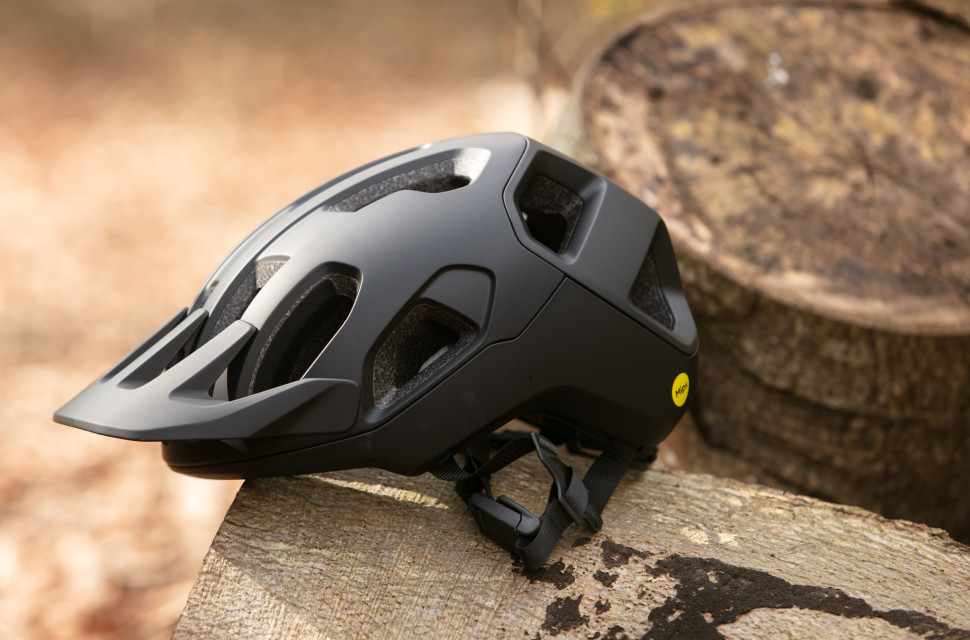
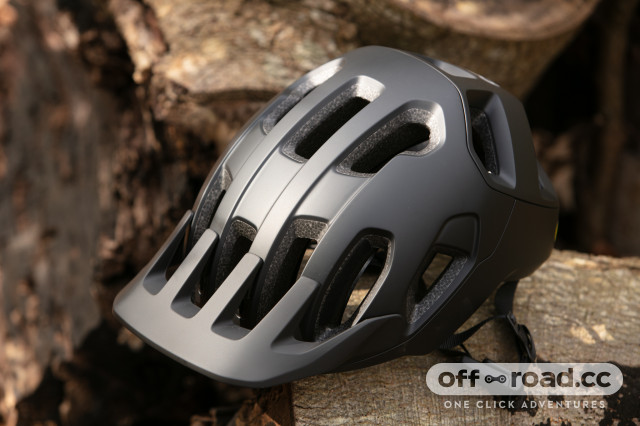

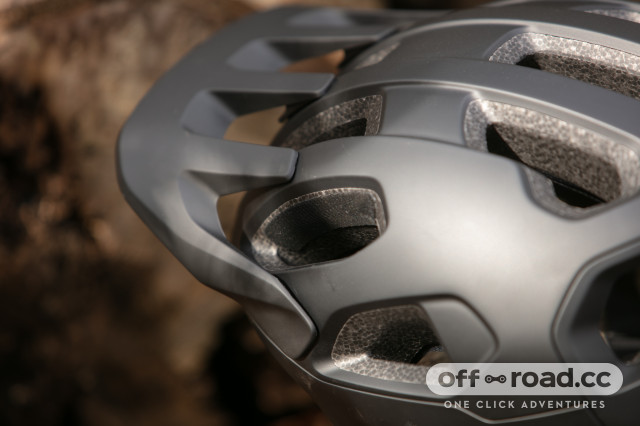

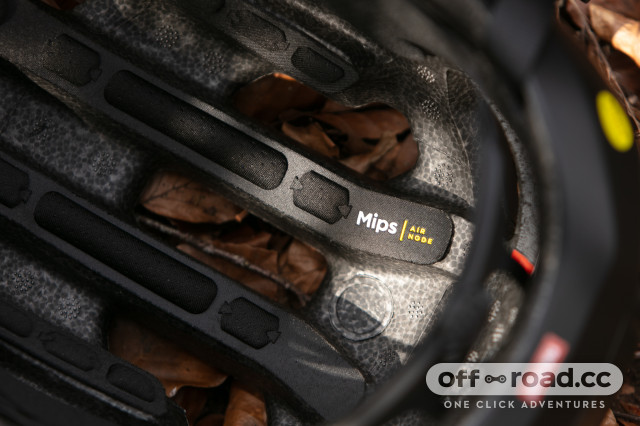
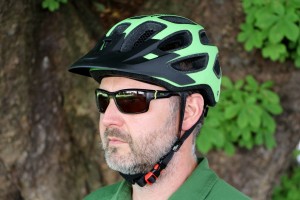









Add comment